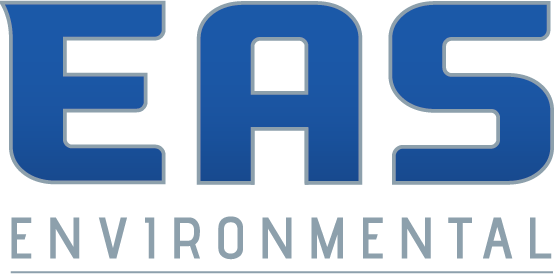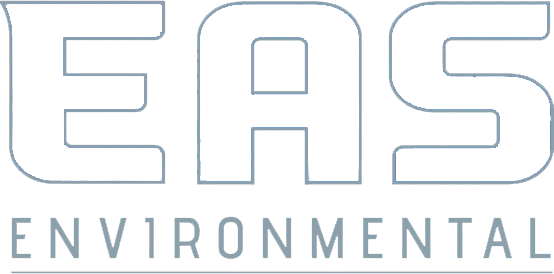
Welcome to our informative blog post on "Cleaning Mold in Crawl Space: Expert Techniques for a Healthier Home." Dealing with mold growth in your crawl space is not only essential for maintaining your property's structural integrity but also for safeguarding the health of your household. In this guide, we'll delve into expert techniques and insights to help you effectively and safely tackle mold issues, creating a cleaner and more comfortable living environment.
Expert Mold Eradication
When it comes to mold eradication, relying on expert techniques is paramount to ensure a thorough and lasting solution. Mold not only mars the aesthetic appeal of your living space but can also pose serious health risks to occupants. In this blog post, we will explore the realm of expert mold eradication, shedding light on the best practices and methods to create a healthier indoor environment.
Precision Assessment and Identification
Expert mold eradication begins with a precise assessment of the affected area. Professionals are adept at identifying the type of mold and the extent of its growth. This accurate diagnosis guides the formulation of an effective eradication strategy tailored to the specific mold species and the conditions contributing to its growth. By pinpointing the root causes, experts prevent future recurrences.
Advanced Remediation Techniques
Expert mold eradication employs cutting-edge remediation techniques that go beyond surface cleaning. Professionals use specialized equipment to address mold infestations at their source, whether it's hidden behind walls or within crawl spaces. Techniques like negative air pressure, high-efficiency particulate air (HEPA) filtration, and thermal fogging are employed to remove mold spores and ensure a comprehensive cleanup. Additionally, experts prioritize safety by wearing protective gear and using EPA-approved disinfectants to eliminate health risks associated with mold exposure. The intricate blend of precise assessment, advanced techniques, and a focus on safety distinguishes expert mold eradication, contributing to a mold-free and healthier living environment.
Expert Mold Cleanup: Steps to Ensure a Healthier Crawl Space Environment
Discovering mold in your crawl space can be concerning, but with expert mold cleanup, you can restore a healthier environment for your home. This blog post unveils the crucial steps that professionals follow to ensure effective mold removal and prevent its return.
Thorough Inspection and Assessment
Expert mold cleanup begins with a comprehensive inspection of your crawl space. Trained professionals identify the extent of mold growth, the type of mold present, and the underlying causes of moisture accumulation. This thorough assessment allows them to tailor a precise strategy for eradication. By addressing both the mold and its root causes, experts prevent future outbreaks.
Strategic Mold Removal and Remediation
With the assessment in hand, experts implement a strategic mold removal plan. This may involve containment measures to prevent the spread of mold spores during the cleanup process. Advanced equipment such as HEPA vacuums, air scrubbers, and dehumidifiers are utilized to remove mold and excess moisture from the space. Following the cleanup, professionals focus on restoring the crawl space's integrity by repairing any damaged structures and improving ventilation. This comprehensive approach not only ensures the immediate removal of mold but also creates a crawl space environment less conducive to future mold growth. Through expert mold cleanup, your crawl space can be transformed into a healthier and mold-free area, contributing to the overall well-being of your home.
Safe Mold Remediation: Techniques for a Healthier Crawl Space and Home
Ensuring a safe and healthy living environment involves addressing mold growth effectively, especially in spaces like crawl spaces where it can often go unnoticed. This blog post delves into the realm of safe mold remediation, shedding light on the techniques that prioritize both effective removal and the well-being of your crawl space and home.
Protective Precautions
Safe mold remediation begins with a strong emphasis on protection. Professionals prioritize the safety of occupants by wearing appropriate gear such as respirators, gloves, and suits to prevent exposure to mold spores. Containment measures are also implemented to isolate the affected area, preventing the spread of spores to other parts of the home. By taking these precautions, experts ensure that the cleanup process doesn't inadvertently exacerbate the issue.
Eco-Friendly Solutions
Experts in mold remediation often utilize eco-friendly cleaning solutions that are effective against mold while minimizing harm to the environment and occupants. These solutions are EPA-approved and ensure that the air quality is not compromised during and after the cleanup process. Additionally, safe mold remediation involves proper disposal of contaminated materials, preventing further spread of mold spores. By prioritizing safety, utilizing protective measures, and employing environmentally conscious solutions, professionals ensure that your crawl space and home are not only free from mold but also safeguarded against potential health hazards.
FAQs
Contact EAS Environmental Today!
EAS Environmental will do everything we can to ensure your experience with us is excellent.
Request A FREE Estimate
Request a Free Estimate Form
Checkout Recent Post

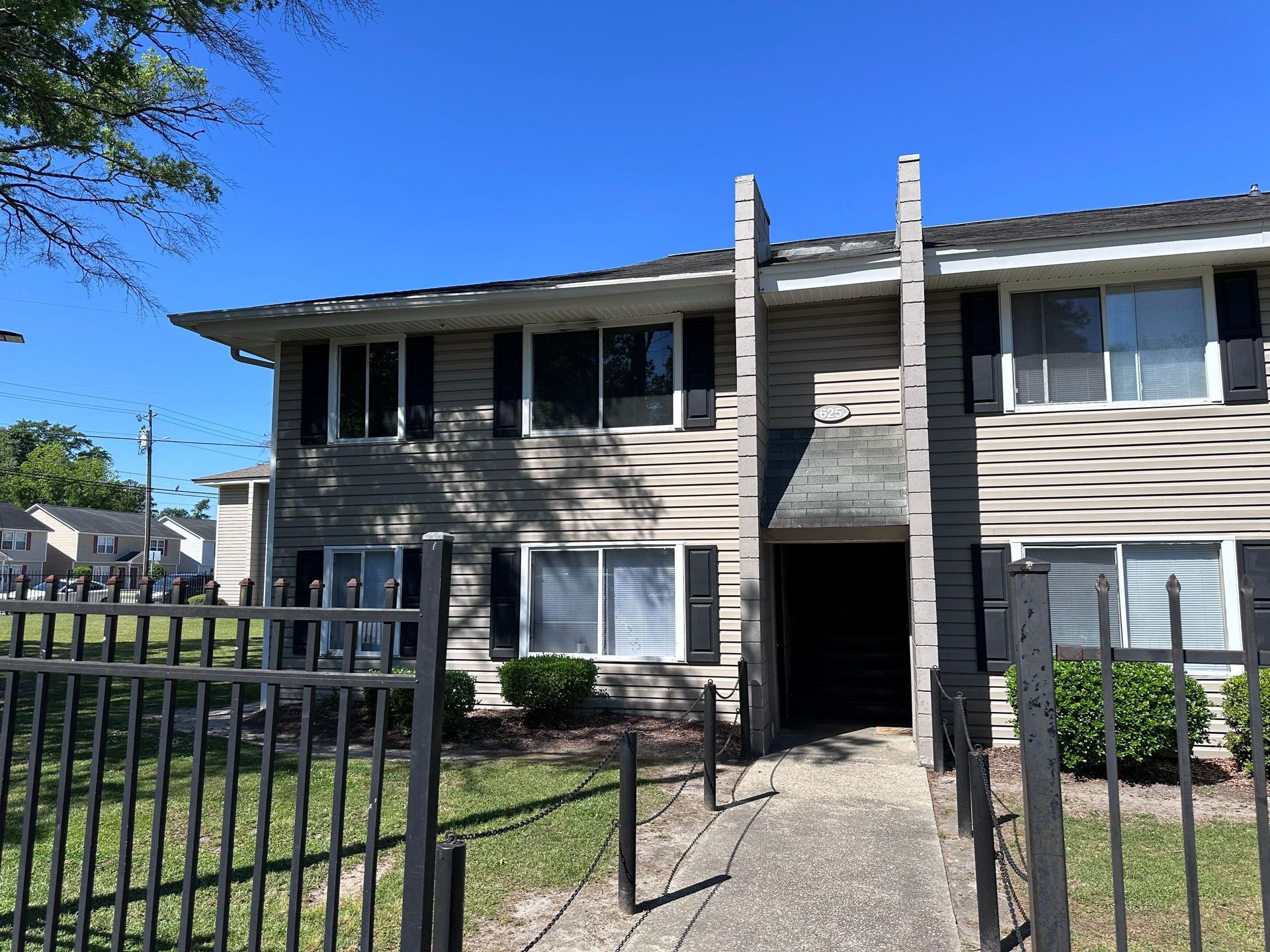
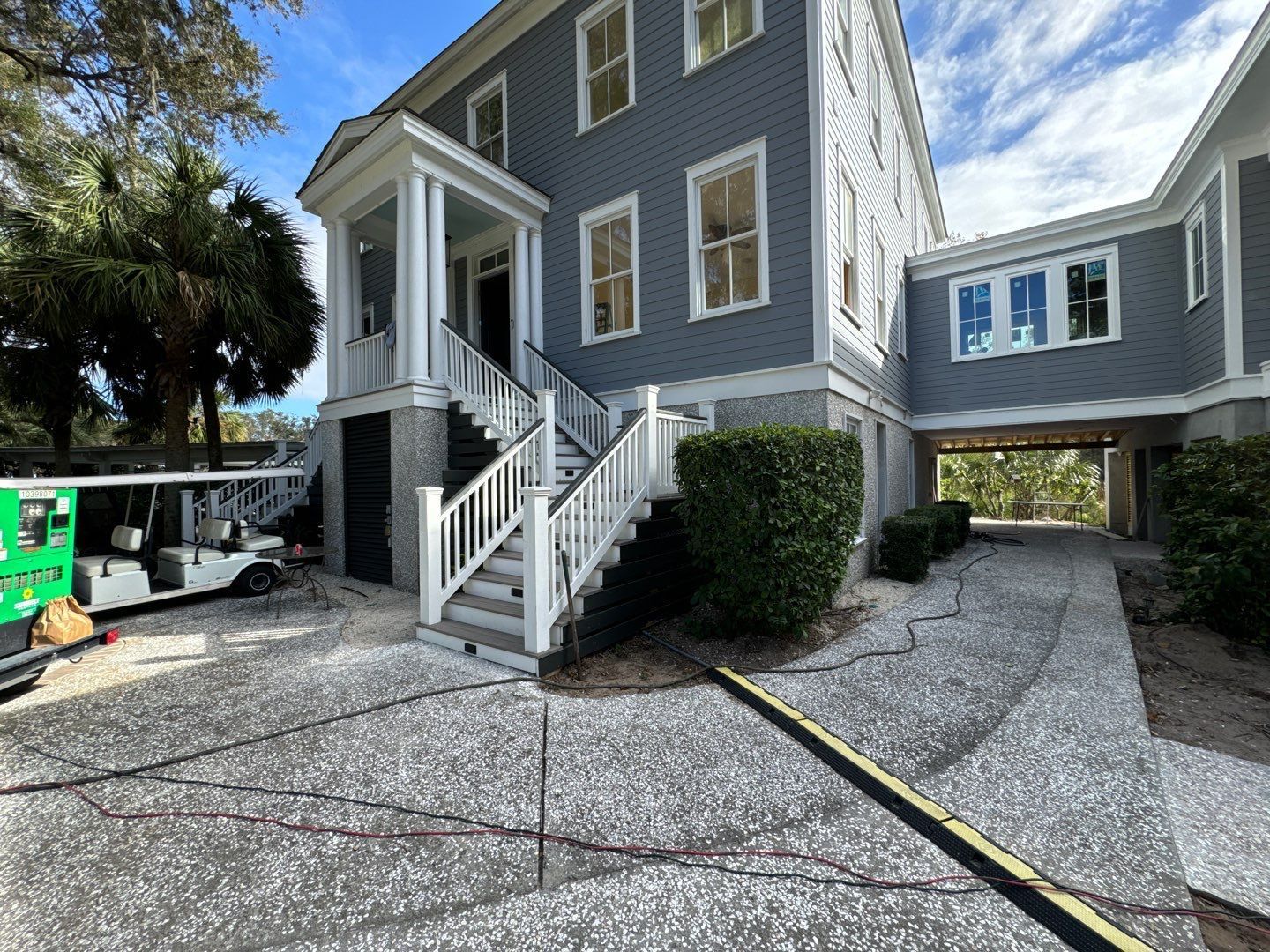
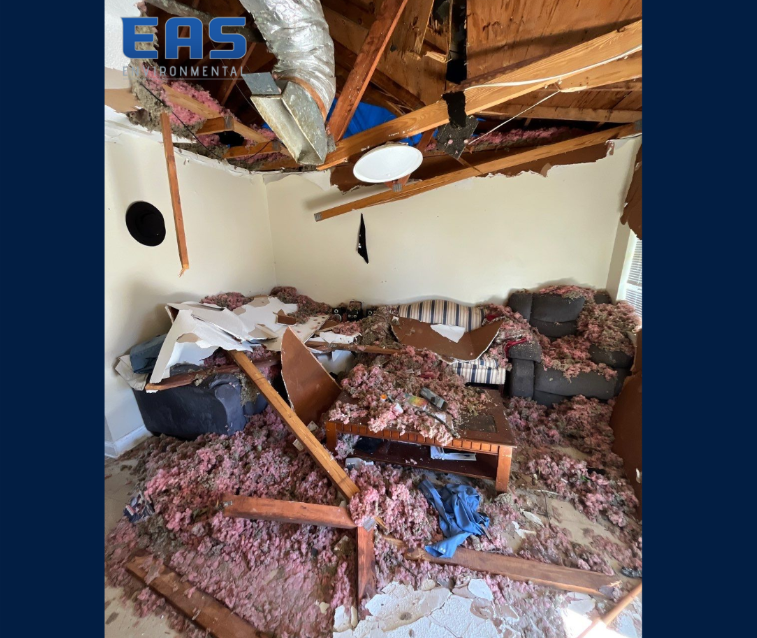
Got a Question? We’re Here to Help.
You can arrange an appointment or make an enquiry by phone or email, orget in touch to us via our contact form.
